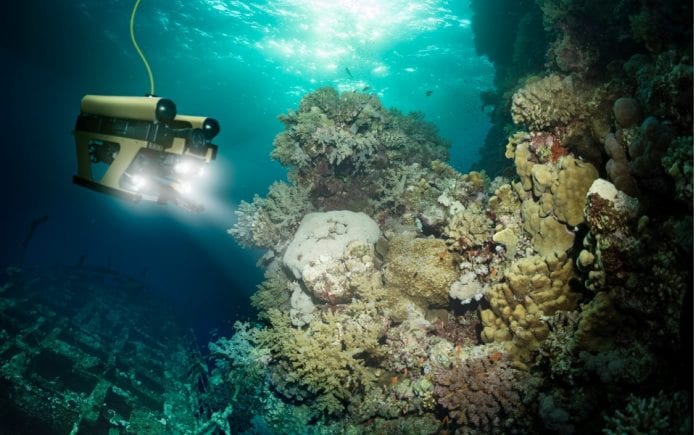Kolkata: India’s ambition to send men to the deep sea in a submersible vehicle is likely to be a reality in 2021-22 with the ‘Samudrayaan’ project, according to director of National Institute of Ocean Technology (NIOT) MA Atmanand.
The project proposes to send a submersible vehicle with three persons to a depth of about 6000 metres to carry out deep underwater studies. The indigenously developed vehicle is capable of crawling on the sea bed at a depth of six kilometres for 72 hours, according to Atmanand.
“Similar to ISRO’s plan to carry persons on a space mission, NIOT has undertaken ‘Samudrayaan. The Rs 200-crore project proposes to carry three persons in a submersible vehicle to a depth of 6000 metres under sea for various studies. Submarines go only about 200 metres,” Atmanand said, responding to a query about deep sea mining.
The ‘Samudrayaan’ project undertaken by the NIOT, Chennai, is in line with the ISRO’s ambitious ‘Gaganyaan’ mission of sending an astronaut to space by 2022.
“The success of the ‘Samudrayaan’ will help India to join the league of developed nations in exploration of minerals from oceans,” Atmanand told reporters. “Such missions had already been carried by developed countries and India could be the first among the developing nations,” added Atmanand.
‘Samudrayaan’ is a part of the Ministry of Earth Sciences’ pilot project for deep ocean mining for rare minerals. “We will go deeper in phases with more trials and the mining is expected to commence in 2022,” Atmanand informed.
Atmanand was Saturday to inaugurate a new coastal study vessel built by the Titagarh Wagons Ltd.
He also said this will be a part of the Rs 6000 crore ‘Deep Ocean Mission’ that has received in-principle approval but is awaiting a final nod from the Finance Ministry. “Final approvals are expected by October this year,” Atmanand said.
India has been allocated a site of 75,000 sq km in the Central Indian Ocean Basin by the International Sea Bed Authority for exploration of polymetallic nodules from seabed.
The estimated resource of polymetallic nodules is about 380 million tonne, containing 4.7 million tonne of nickel, 4.29 million tonne of copper and 0.55 million tonne of cobalt and 92.59 million tonne of manganese.
PTI
